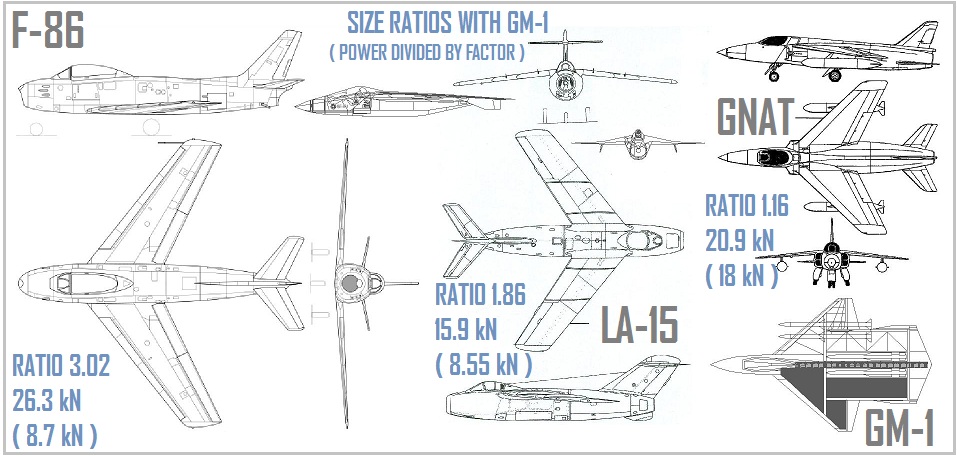topspeed3
ACCESS: Secret
- Joined
- 31 January 2011
- Messages
- 299
- Reaction score
- 81
I have been working on concept level on this kinda headache at Key Publishing site.
Paralay ( who also comments here ) says a 28-29 ft long fighter jet with radar cannot be done !
Could we discuss this here ( without me having to bring any drawings around to prove it ) ?
Paralay ( who also comments here ) says a 28-29 ft long fighter jet with radar cannot be done !
Could we discuss this here ( without me having to bring any drawings around to prove it ) ?


